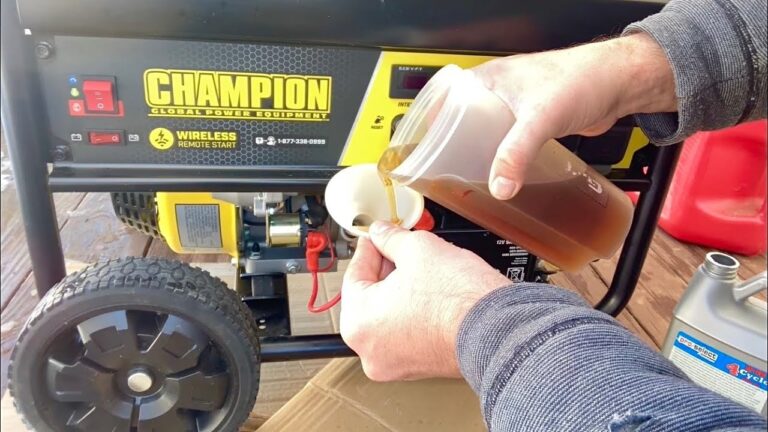The one spot most people forget when organizing a room
You’ve decluttered, labeled, and even bought matching bins. Still, the house keeps sliding back toward messy. That repeat frustration usually traces to one blind spot: the staging zones between “in use” and “put away.”
These are the spots that aren’t truly storage and aren’t truly display—nightstands, coffee tables, the laundry pass-through, kitchen counters near the garage door, and bathroom vanities with daily products out.
If a space keeps unraveling, look for items that are always halfway put away. Fix that limbo and the rest of your organizing finally sticks.
give daily items a true home
If sunscreen, lip balm, hair ties, remote controls, and chargers live on surfaces, they don’t have a home—they have a picnic. Create shallow drawers or lidded boxes near where those items are used. The container is the limit. When it’s full, something leaves. Keep categories tight: one box for remotes and chargers, one for personal care at the vanity, one for desk supplies.
Do this: Measure the interior of your most-used drawers and buy inserts that fit exactly. Dead space invites drift.
create an “in motion” spot for laundry
Clean piles on chairs mean your laundry system lacks a finish line. Add a folding surface near where laundry lands and create three simple outputs: hang, drawer, or family member bin. If dressers are far from the laundry area, use a rolling set of labeled bins for each person and deliver once a day. The point is momentum—no single step should require crossing the house.
Upgrade: Install a peg rail with a few wood hangers above the folding station for air-dry or lineup.
stop bathroom countertop creep
Daily-use items multiply until you’re cleaning around a maze. Use a shallow tray that lifts off in one piece when you wipe. Store backstock and duplicates under the sink in clear bins with labels: dental, skincare, hair tools. Keep only current products above the counter. If you rotate skincare seasonally, label a bin “next up” and tuck it away.
Tiny fix: A heat-resistant sleeve for a curling iron lets you put it away hot so cords don’t sprawl while it cools.
control the paper path
Mail, school forms, and receipts are the fastest way to undo a clean kitchen. Mount a slim wall file near the entry with two slots: “process” and “file/scan.” Put a recycle bin within two steps of the mail drop. Once a week, empty both slots. If you scan, keep a small scanner or your phone stand nearby and upload to clearly named folders.
Name rule: Use a “year–month–topic” format for files so you can search fast later.
manage hobby and kid zones like a gym
Successful gyms make equipment easy to put back. Do the same for art, Legos, or puzzles. Use open bins on low shelves with photo labels. Limit tiny categories; too many bins slows cleanup. A big bin for “works in progress” is better than a table permanently covered in half-built sets.
Reset: End play with a five-minute cleanup song. When bins live where kids can reach them, they’ll actually help.
guard the coffee table
Coffee tables become catch-alls because they’re within reach of every seat. Put a single tray for remotes and coasters and leave open space for cups. If you like books on the table, keep one stack and rotate monthly. Anything else goes into a drawer or a nearby basket.
Visual test: Take a quick photo from the entry. If the table looks busy, remove one thing.
protect your progress with routines
Organization isn’t a one-time event. Add a nightly ten-minute reset and a weekly thirty-minute restock. In the nightly window, clear surfaces in the kitchen and living room, return chargers to the station, fold throws, and put laundry in the right bin. In the weekly window, refill paper goods, soaps, and snack bins so scrambling doesn’t trigger clutter.
Mindset: Systems fail when we ask them to do more than they were built for. Keep categories simple and containers honest.
the drag disappears when limbo disappears
Once every daily item has a true spot, staging zones stop swallowing your hard work. Surfaces stay clear, laundry stops camping on chairs, and your bins finally earn their keep. You don’t need more organizers—you need shorter paths from use to home.
Like Fix It Homestead’s content? Be sure to follow us.
- I made Joanna Gaines’s Friendsgiving casserole and here is what I would keep
- Pump Shotguns That Jam the Moment You Actually Need Them
- The First 5 Things Guests Notice About Your Living Room at Christmas
- What Caliber Works Best for Groundhogs, Armadillos, and Other Digging Pests?
- Rifles worth keeping by the back door on any rural property
*This article was developed with AI-powered tools and has been carefully reviewed by our editors.







